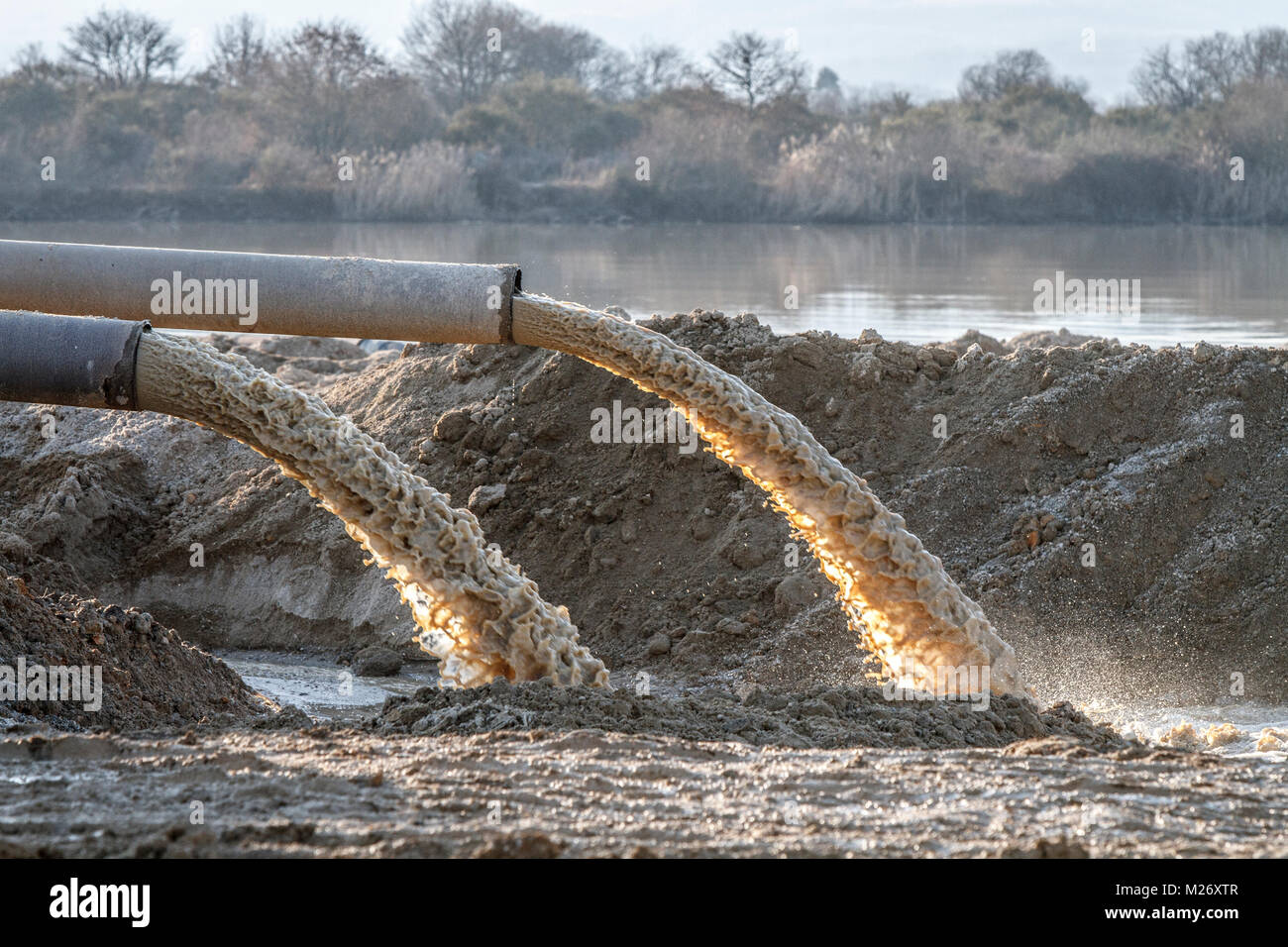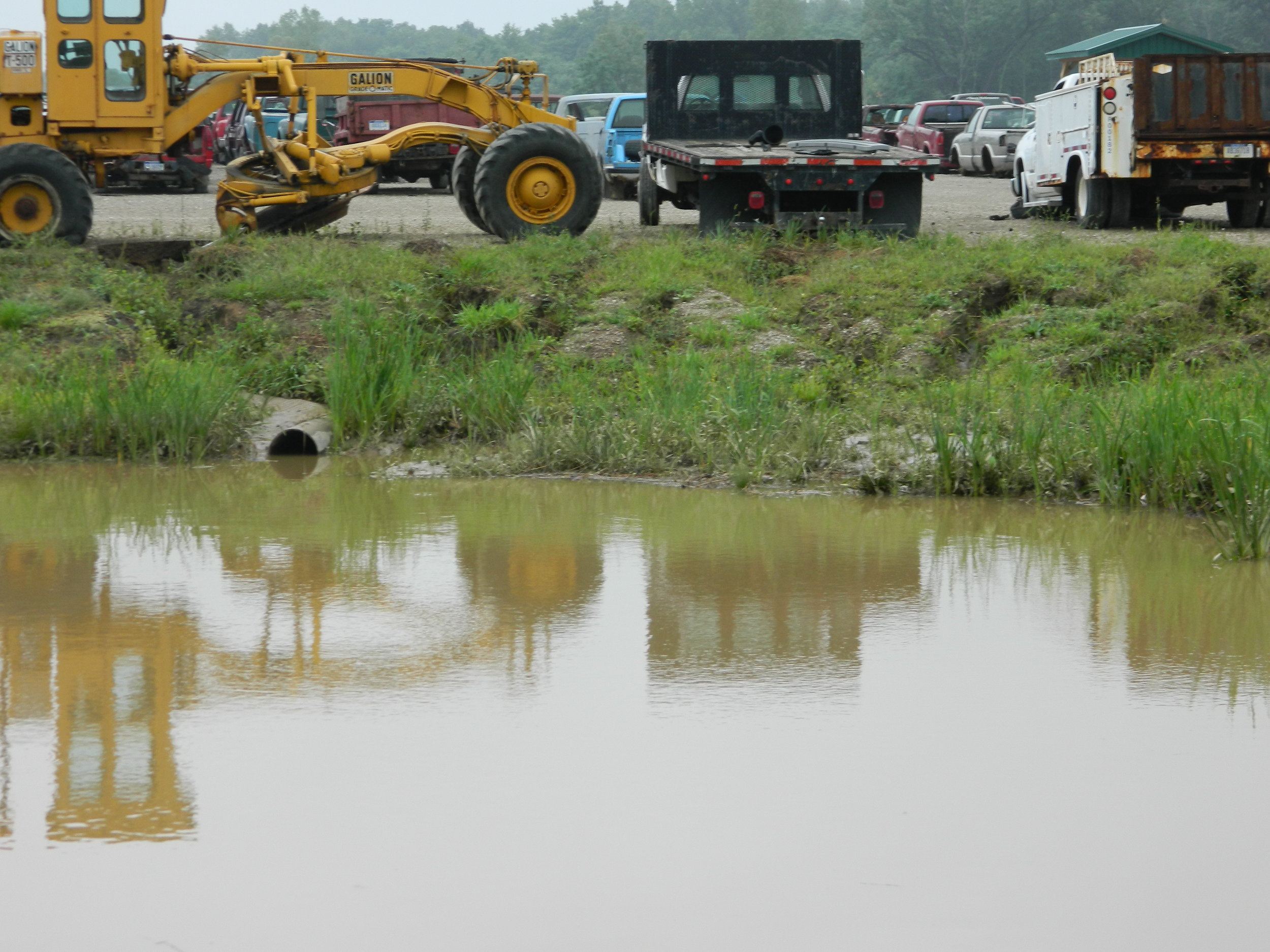Top Liquid Waste Disposal Melbourne: Trusted Services for Proper Waste Monitoring
Top Liquid Waste Disposal Melbourne: Trusted Services for Proper Waste Monitoring
Blog Article
Exactly How Fluid Garbage Disposal Works: A Thorough Summary of Strategies and Technologies Used

Review of Liquid Waste Types
The intricacy of fluid waste kinds necessitates an extensive understanding of their attributes and effects for disposal. Liquid waste can generally be classified into several kinds, consisting of industrial, community, farming, and contaminated materials. Each classification exhibits distinct buildings, requiring specific management strategies to mitigate environmental and health threats.
Industrial liquid waste stems from producing processes and commonly includes a variety of pollutants, such as hefty steels, solvents, and organic compounds. Metropolitan fluid waste, largely comprising wastewater from homes and business establishments, contains raw material, nutrients, and pathogens (industrial wastewater treatment). Agricultural fluid waste, including overflow from farms, might include fertilizers, pesticides, and pet waste, posturing dangers to water quality and environments
Unsafe liquid waste is defined by its poisoning, reactivity, or prospective to cause harm. This group consists of compounds like acids, bases, and specific chemicals that require strict handling and disposal protocols. Understanding these varied liquid waste types is crucial for developing reliable disposal approaches and making certain compliance with environmental guidelines. Correct classification and characterization are essential for implementing ideal treatment techniques and lessening the adverse influence on public health and the setting.
Physical Treatment Techniques

Screening is the first action, where larger fragments and particles are eliminated from the liquid waste using screens or grates. This procedure protects downstream devices from damage and guarantees smoother operation. Complying with screening, sedimentation uses gravitational force to different solids from liquids. In sedimentation containers, much heavier fragments resolve at the bottom, creating a sludge layer, while the clarified liquid can be additional dealt with.
Filtering is one more crucial approach that includes passing the fluid with porous materials, such as sand or membranes, to record smaller sized bits. This step boosts the quality of the liquid, making it appropriate for subsequent therapy procedures.

Chemical Therapy Methods
Chemical therapy strategies are essential for effectively taking care of fluid waste, specifically in dealing with dissolved and colloidal contaminants that physical methods might not properly eliminate. These techniques make use of different chemical representatives to reduce the effects of, precipitate, or transform hazardous materials into much less damaging types.
One typical method is coagulation and flocculation, where chemicals such as alum or ferric chloride are contributed to promote the aggregation of suspended bits. This procedure improves sedimentation, permitting less complicated removal of the resulting sludge. Additionally, oxidation procedures, employing agents like chlorine or ozone, are used to break down complex natural substances and microorganisms, making the waste safer for discharge or additional therapy.
Neutralization is one more crucial technique, which adjusts the pH of acidic or alkaline waste streams to neutral levels, preventing potential damage to downstream systems and the atmosphere. Additionally, advanced oxidation processes (AOPs) use mixes of oxidants and ultraviolet light to weaken persistent toxins, attaining a greater level of treatment efficiency.
Biological Therapy Procedures
Biological therapy procedures play a This Site vital duty in the monitoring of fluid waste by making use of bacteria to decompose raw material and reduce impurity degrees. These processes can be generally classified right into anaerobic and cardio treatments, each utilizing details microbial areas to achieve effective waste deterioration.
Cardio therapy includes the use of oxygen to assist in the breakdown of organic materials by germs. This process is commonly implemented in activated sludge systems, where aeration storage tanks offer a conducive setting for microbial growth, causing the oxidation of organic contaminants. The resultant biomass can be divided from dealt with effluent through sedimentation.
In comparison, anaerobic treatment occurs in the lack of oxygen, depending on different bacteria to damage down natural matter. This method is especially useful for high-strength waste, as it creates biogas, a renewable resource resource, while lowering sludge manufacturing. Technologies such as anaerobic digesters are frequently utilized in commercial and metropolitan applications.
Both cardiovascular and anaerobic biological treatments not just decrease the environmental impact of fluid waste yet likewise promote resource recovery, making them vital elements of lasting waste monitoring approaches. Their flexibility, efficiency, and efficiency sustain their extensive execution across various markets.
Arising Technologies in Disposal
Ingenious strategies to liquid waste disposal are quickly advancing, driven by advancements in innovation and a boosting focus on sustainability. Amongst these emerging innovations, membrane layer bioreactors (MBRs) have gained traction for their ability to combine organic treatment with membrane filtering, causing high-grade effluent that can be reused in various applications. MBRs enable smaller sized impacts and extra effective procedures contrasted to typical systems.
One more appealing development is making use of anaerobic food digestion integrated with nutrient recovery technologies, which not just deals with liquid waste however also generates biogas and recuperates valuable nutrients like nitrogen and phosphorus. This twin advantage enhances source efficiency and minimizes visit site ecological influence.
Furthermore, progressed oxidation procedures (AOPs) are being embraced for the destruction of intricate organic pollutants. These approaches utilize effective oxidants and catalysts to damage down impurities at the molecular degree, offering a very effective solution for challenging waste streams.
In addition, the assimilation of expert system and artificial intelligence in waste administration systems is maximizing operational performance and anticipating maintenance, resulting in decreased prices and boosted ecological compliance. These technologies show a substantial change in the direction of more sustainable and effective fluid waste disposal techniques.
Final Thought
To conclude, effective fluid garbage disposal necessitates a detailed understanding of numerous techniques and modern technologies. The integration of physical, chemical, and biological treatment methods ensures the effective monitoring of varied waste types. In addition, the introduction of cutting-edge innovations boosts therapy efficiency and promotes sustainability in waste management methods. By continually progressing these techniques, it comes to be possible to address the expanding obstacles related to fluid waste, ultimately adding to environmental defense and resource recovery.
Fluid waste disposal is an essential facet of ecological monitoring, needing a detailed understanding of different techniques and technologies tailored to various waste types. Fluid additional resources waste can broadly be classified into numerous types, including commercial, metropolitan, farming, and hazardous waste. Agricultural liquid waste, including runoff from farms, might include plant foods, pesticides, and animal waste, posturing dangers to water quality and ecological communities.
Numerous physical therapy approaches play an important duty in taking care of liquid waste efficiently - industrial wastewater treatment.In conclusion, reliable fluid waste disposal requires a thorough understanding of various strategies and technologies
Report this page